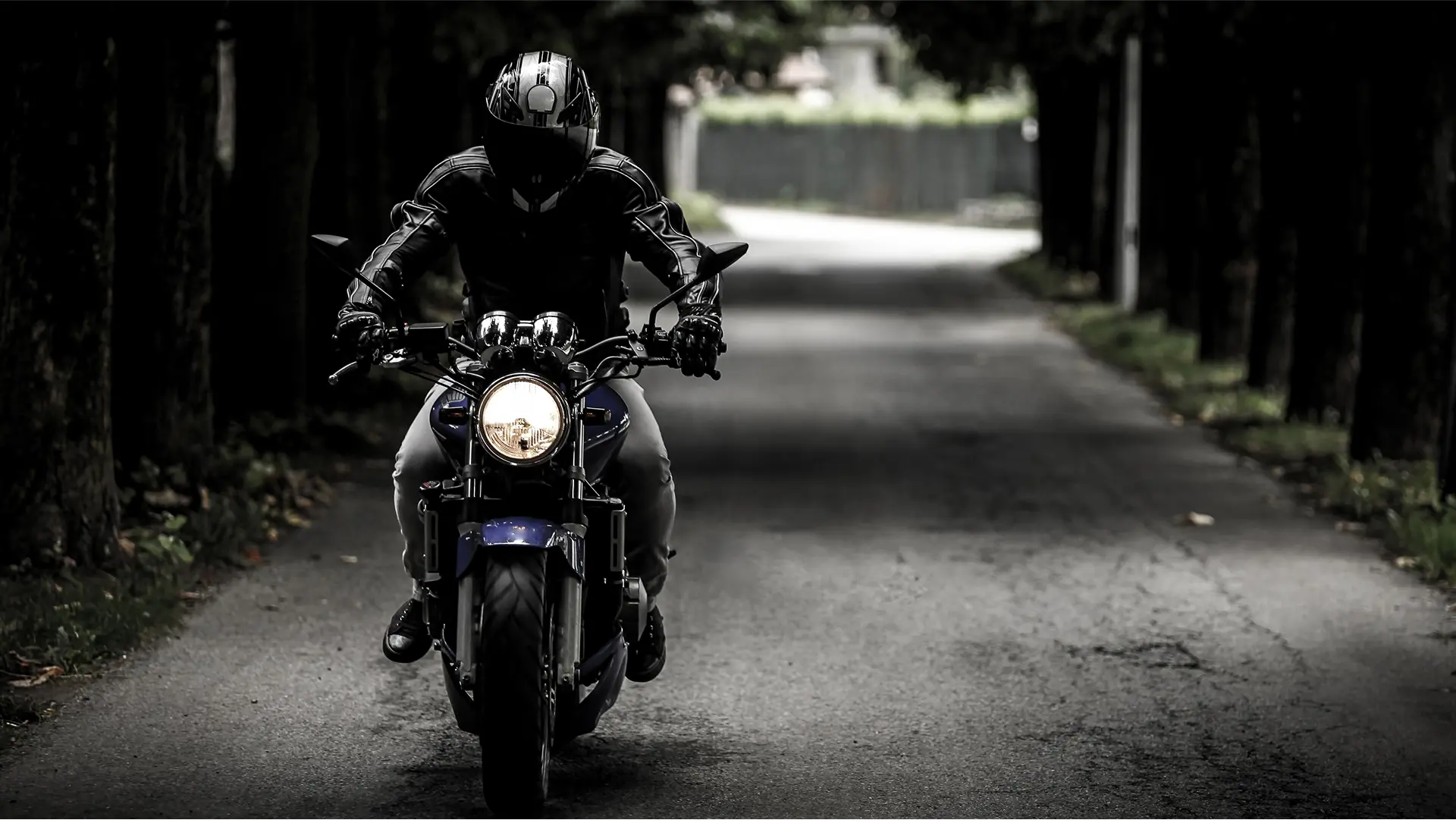A Practical Guide to Choosing and Using a Travel Backpack

1. Introduction
When embarking on any journey—whether a weekend city break, a week-long hiking adventure, or a business trip—a reliable travel backpack is your most trusted companion. Beyond simply carrying your essentials, a well‑designed backpack enhances comfort, optimizes organization, and safeguards your gear.

This guide delves into everything you need to know: backpack types, key features to look for, intelligent packing strategies, maintenance tips, and recommended brands.
2. Types of Travel Backpacks
2.1 Daypacks (15–30 L)
- Ideal for: Single-day excursions, city tours, light commuters.
- Features: Lightweight construction, multiple exterior pockets, hydration bladder compatibility, padded laptop sleeve (on some models).
- Use case: Carrying a light jacket, water bottle, camera, snacks, and small personal items around town.
2.2 Weekend Backpacks (30–50 L)
- Ideal for: 2–3 night trips, minimalist travelers.
- Features: Larger main compartment, compression straps, detachable daypack sections, and sometimes a rain cover.
- Use case: Packing two to three days’ worth of clothing, toiletries, and tech gadgets without checking luggage.
2.3 Multi‑Day Trekking Packs (50–80 L+)
- Ideal for: Backpacking, multi‑day hikes, camping.
- Features: Internal or external frame, hip belt with load‑bearing pockets, ventilated back panel, reinforced bottom, gear loops for trekking poles or ice axes.
- Use case: Carrying tent, sleeping bag, cooking gear, and supplies for hiking trips of four days or more.
2.4 Travel Photography Packs (25–45 L)
- Ideal for: Photographers, drone pilots, videographers.
- Features: Customizable padded dividers, quick‑access side or top openings, tripod straps, weather‑proof shell, theft‑deterrent zippers.
- Use case: Safely transporting camera bodies, lenses, filters, drones, laptops, and accessories.
2.5 Business Travel Packs (20–35 L)
- Ideal for: Short business trips, daily office commutes.
- Features: Dedicated laptop and tablet sleeves, RFID‑blocking pockets, garment compartment, sleek low‑profile design.
- Use case: Carrying work essentials—device chargers, documents, a spare shirt—while maintaining a professional look.
3. Key Selection Criteria
3.1 Capacity & Trip Length
- 1–3 days: 20–35 L
- 3–7 days: 35–60 L
- 7+ days or specialized gear: 60–80 L+
Choose capacity according to trip duration and gear needs. A too‑small pack forces you to cram, while an oversized pack can tempt overpacking and feel bulky.
3.2 Fit & Comfort
- Torso length: Measured from C7 vertebra (base of neck) to top of hip belt.
- Hip belt: Should carry 60–80% of pack weight around your iliac crest.
- Shoulder straps: Contoured and padded to distribute load evenly.
- Ventilation: Mesh back panels or channeling reduce sweat buildup and increase airflow.
3.3 Frame & Support
- Internal frame: Contoured aluminum or composite stays for a snug fit—common in modern packs.
- External frame: Heavy‑duty aluminum frames visible on older or specialty packs—excellent for very heavy loads but less streamlined.
- Frameless: Light and flexible but best for under‑load use (daypacks, small travel packs).
3.4 Materials & Durability
- Nylon vs. Polyester: Nylon offers higher abrasion resistance; polyester resists UV degradation better.
- Denier rating: 200–500 D for lightweight; 800–1000 D for heavy‑duty.
- Coatings: PU or DWR finishes repel water; seam‑sealed rain covers add extra protection.
3.5 Access & Organization
- Top‑Loading vs. Panel‑Loading: Top‑loading maximizes volume but requires digging; panel (clamshell) loading gives suitcase‑style access.
- Pockets & Compartments: Dedicated laptop sleeve, mesh side pockets for water bottles, hip‑belt pockets for snacks/phone, stretch‑mesh front pockets for wet rain jackets.
- Attachment Points: Daisy chains, gear loops, ice axe loops, daisy‑chain lash points for external carry.
4. Intelligent Packing Strategies
4.1 Core Principles
- Keep heavy items close to your back: Places weight within the pack’s center of gravity.
- Balance left to right: Distribute similar weights on both sides.
- Layer strategically: Place items you need en route (rain jacket, snacks) near the top or in external pockets.
4.2 Packing Tools
- Packing cubes: Divide clothing into categorized compartments—tops in one, bottoms in another.
- Compression sacks: Ideal for sleeping bags or bulky items to reduce volume.
- Wet‑dry bags: Separate damp items (swimsuits, rain gear) from dry clothing.
4.3 Space‑Saving Techniques
- Rolling vs. Folding: Rolling reduces wrinkles and saves space for casual apparel; folding works for stiffer fabrics.
- Bundle wrapping: Tightly wraps shirts around a core bundle to minimize creases and air pockets.
- Fill gaps: Stuff socks, chargers, and small items inside shoes or corners.
4.4 Electronics & Valuables
- Dedicated sleeves: Always keep laptops/tablets in padded compartments.
- Cable organizers: Small pouches or Velcro straps keep cords tangle‑free.
- Security features: RFID‑blocking pockets, lockable zippers, slash‑proof materials deter theft.
5. On‑the‑Road Adjustments
5.1 Quick Accessibility
- Hip‑belt pockets: Store frequently used items like lip balm, phone, or power bank.
- Front panel pockets: Ideal for maps, guidebooks, or small snacks.
- Top‑lid pockets: Sunglasses, headlamp, passport, or boarding pass.
5.2 Overnight Camping Setup
- Rain cover deployment: Attach and test your rain cover before you need it.
- Hydration system: Route hydration bladder hose through shoulder‑strap port.
- External gear lash: Secure tent poles, trekking poles, or a sleeping pad with daisy chains and compression straps.
5.3 Transition from Backpack to Carry‑On
- Detachable daypack: Some travel backpacks unzip to create a 15–20 L daypack.
- Compression straps tightened: Secure loose webbing to pass airline requirements.
- Weight distribution: Shift bulky items into your daypack to even out weight and stay within airline cabin limits.
6. Cleaning, Maintenance, and Storage
6.1 Cleaning
- Empty completely: Remove all debris and shake out dusty compartments.
- Spot clean: Use mild soap and a soft brush or sponge on stained areas.
- Full wash: Hand‑wash in lukewarm water; avoid machine washing unless manufacturer specifies.
- Rinse thoroughly: Soap residue attracts dirt.
- Air‑dry: Hang upside down in a shaded, well‑ventilated area.
6.2 Fabric & Hardware Care
- Zippers: Lubricate occasionally with a zipper lubricant or beeswax to prevent snagging.
- Buckles & Straps: Inspect webbing for frays; trim loose threads and seal edges with a lighter if needed.
- Frame & Stays: Check for bends or cracks; replace damaged stays per manufacturer guidelines.
6.3 Storage
- Loosely Stuffed: Store with tissue paper or pillow inside to maintain shape.
- Dry Environment: Avoid damp basements—moisture breeds mold.
- Moth‑Prevention: Cedar blocks or lavender sachets deter fabric pests.
7. Common Mistakes to Avoid
- Overpacking: Cramming non‑essentials leads to strain on shoulders and hips.
- Ignoring Fit: A pack that’s too large or too small causes discomfort and poor weight transfer.
- Skipping a Rain Cover: Even water‑resistant fabrics eventually soak through heavy rain.
- Neglecting Maintenance: A small tear becomes a large rip; a broken buckle can render a backpack unusable.
- Poor Weight Distribution: Front‑heavy or unbalanced loading increases fatigue and destabilizes you on uneven terrain.
8. Top Travel Backpack Recommendations
| Brand & Model | Volume | Key Features | Best For |
|---|---|---|---|
| Osprey Farpoint/Fairview | 40–70 L | Internal frame, detachable daypack, ventilated back panel | Budget‑friendly, versatile travel |
| Deuter Aircontact Lite | 45–65 L | Aircontact back system, adjustable torso length, robust build | Multi‑day treks |
| Peak Design Travel Pack | 30–45 L | 2‑way access panels, weatherproof shell, expandable capacity | Urban travel, photographers |
| Nomatic Travel Pack | 20–30 L | Modular organization, RFID pocket, shoe compartment | Business & weekend getaways |
| Gregory Baltoro/Deva | 65–75 L | Customizable suspension, anti‑gravity mesh, tons of pockets | Heavy‑load backpacking |
9. Customizing Your Backpack
- Add Carabiners: For water bottles, hats, or extra gear clipped externally.
- Attach Pouches: MOLLE‑compatible pouches expand organization on tactical or adventure packs.
- Reflective Tape: Increases visibility for early‑morning or late‑evening hikes.
- Hydration Accessories: Insulated tube covers prevent freezing in cold climates.
10. Conclusion
A quality travel backpack is an investment that pays dividends in comfort, convenience, and peace of mind. By understanding the differences in pack types, carefully evaluating features like fit, capacity, and organizational options, and adopting smart packing and maintenance practices, you’ll ensure your gear supports every step of your journey—whether on city streets or mountain trails. Choose wisely, pack thoughtfully, and embrace the freedom that comes with hands‑free exploration.

Bon voyage!




